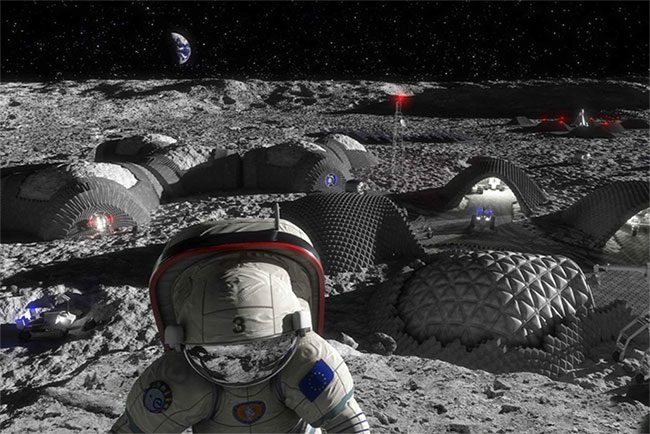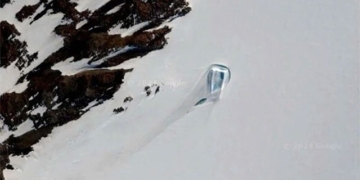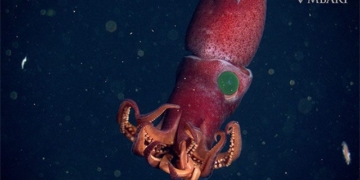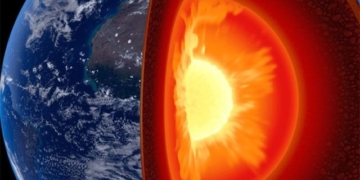Ice has been confirmed to exist on the Moon, inspiring nations to plan for the colonization of this planet. In fact, is there a significant amount of ice in the impact craters?
The poles of the Moon have fascinated humanity for decades, with scientists believing that water from comets that fell on the Moon billions of years ago has accumulated at the bottom of some impact craters that are permanently shrouded in darkness, where ice could be utilized for the needs of those colonizing this planet.
Several countries are planning and executing missions to establish bases on the Moon. But does a significant amount of ice actually exist in the Moon’s craters?

Ice in the Moon’s impact craters plays a crucial role in helping nations colonize this planet. (Illustration: Futura Science).
On August 23, the world celebrated the success of the Chandrayaan 3 mission from India, which landed on the Moon’s south pole. This is considered a historic step for the populous nation, placing it among the superpowers that have conquered the Moon.
Since the 1960s, scientists have speculated about the possibility of frozen water, remnants of a violent bombardment by comets billions of years ago, being found at the bottom of craters on this planet.
These craters are in darkness, thus the temperature has remained below 0°C for billions of years. This has been confirmed by lunar missions such as Chandrayaan-1 and Lcross (Lunar Crater Observation and Sensing Satellite).
Craters with sunlight variability over billions of years
A study led by scientist Norbert Schorghofer from the Planetary Science Institute (Arizona, USA) indicates that the hidden layers of ice at the poles may be less significant than we hoped.
“The study results change predictions about where scientists expect to find frozen water on the Moon, and estimates of ice presence in the permanently shadowed regions (PSR) on the Moon may be inaccurate,” Schorghofer stated.
Researchers explained: “The oldest stars appeared less than 3.4 billion years ago, meaning that the bombardment of comets on the Moon has significantly decreased. Therefore, the amount of water found at the poles will be less than expected, but this still needs to be verified on-site by astronauts.”
To reach this conclusion, the team of scientists relied on recent research on celestial mechanics by French astronomers, who calculated the tidal forces from the Sun and Earth.
Accordingly, this force causes the Moon to gradually move away from Earth over billions of years, while also leading to changes in the tilt of our observing satellites relative to its orbital plane, causing the location and extent of PSRs on the Moon to no longer be accurate.
“We can date the actual age of the Moon’s PSRs at most to 1.8 billion years. Therefore, there will be no ancient ice reservoirs on the Moon.”
It is certain that water still exists in some craters on the Moon, particularly due to analyses of ice plumes caused by the impact of the Centaur spacecraft landing at the bottom of Cabeus crater on October 9, 2009.
Since this crater is less than a billion years old, it has demonstrated that even younger PSRs contain ice. Therefore, older PSRs might contain even more ice.
We hope that NASA’s Artemis program will be the first steps towards conquering the Moon. Initially aimed at lunar colonization, followed by building bases, sending scientists to this planet for research, and serving as a launchpad for conquering Mars.
The study was published in the renowned journal Science Advances.


















































